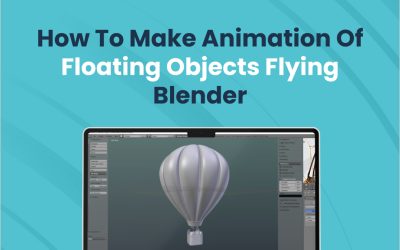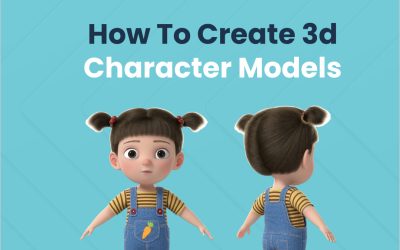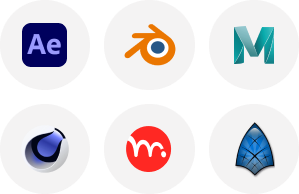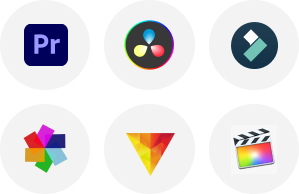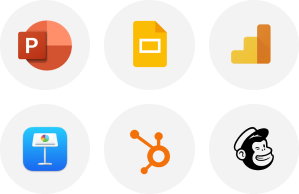The video sales letter has become a robust tool for engaging audiences and driving valuable conversions in the realm of digital marketing and sales. But what really are video sales letter and how can they be leveraged to strengthen your marketing efforts?
In this article, we are going to guide you to the concept of a video sales letter, its components, benefits, and best practices for creating an effective one.
Understanding Video Sales Letter (VSLs)
A powerful marketing tool that integrates the compelling elements of a traditional sales letter with the engaging format of a video. VSL is a video presentation that is designed to sell a product, service, or idea. Video sales letter utilizes effective audio, visuals, and storytelling strategies to build interest, capture attention, and drive action.
Key Characteristics of a Video Sales Letter
Engaging Format:
Video sales letter use auditory and visual elements which include animations, voiceovers, video, and music to craft a more engaging experience.
Persuasive Messaging:
VSL follows a structured strategy similar to traditional sales letters that focus on presenting a problem, offering a solution, and urging the viewer to take clear action.
Call to Action:
At the core of every video sales letter is an effective and clear CTA – call to action – which helps viewers with direction on what should be the next task, whether it’s contacting the business, signing up for a trial, or making a purchase.
How to Create an Effective VSL
To craft an effective video sales letter, it is crucial to understand the core components of VSL and how they contribute to its effectiveness. Here is a breakdown of the key elements:
Hook:
An initial segment of the VSL that captures the attention of the viewer, making a strong first impression and encouraging the audience to continue watching. A good hook should:
- Address a specific pain point or need of the target audience.
- Present an intriguing question or statement that sparks curiosity.
- Use engaging visuals or compelling audio to capture attention immediately.
Introduction:
Introduction builds on the hook by introducing the presenter and setting the stage for what the viewer can envision. This section should:
- Establish credibility by showcasing the presenter’s expertise or background.
- Clearly outline what the VSL will cover and why it’s relevant to the viewer.
- Maintain viewer interest by transitioning smoothly from the hook to the main content.
Problem Identification:
VSL addresses, in this section, the primary pain points or issues faced by the target audience. It should:
- Clearly articulate the problem in a relatable manner.
- Use real-life examples, statistics, or testimonials to underscore the severity of the issue.
- Engage the viewer emotionally by highlighting the impact of the problem on their lives or businesses.
Solution Presentation:
VSL introduces the solution once the problem is established. This is where the service or product is offered as the ideal answer to the problem of the viewer. Key elements include:
- A detailed explanation of how the solution works and its benefits.
- Demonstrations or visual representations of the product or service in action.
- Testimonials or case studies showcasing real-world success stories and outcomes.
Value Proposition:
This section emphasizes what sets the solution apart from competitors and why it’s worth the attention of the viewer. This section should:
- Emphasize unique selling points and differentiators.
- Provide evidence of the solution’s effectiveness and reliability.
- Address any potential objections or concerns the viewer might have.
Call to Action:
The CTA is the most important part of the video sales letter. It directs viewers on what to do next and encourages immediate action. An effective CTA should:
- Be clear, specific, and compelling.
- Create a sense of urgency or scarcity, such as limited-time offers or exclusive deals.
- Provide straightforward instructions on how to take the desired action.
Closing:
This segment covers the VSL and strengthens the main message. It should:
- Summarize the key points covered in the video.
- Reiterate the CTA and its importance.
- Thank the viewer for their time and encourage them to act now.
Benefits of Using Video Sales Letters
VSLs present numerous benefits over traditional text-based sales methods. Here’s why they are a compelling tool for marketers:
Enhanced Engagement:
The integration of video, audio, and visual elements enables capture and maintain the attention of viewers more effectively than text alone.
Emotional Connection:
Video can communicate emotions and create connections more effectively than text. Video sales letters can make a stronger emotional connection with the audience by addressing pain points and showcasing solutions in a relatable manner.
Clear Demonstrations:
VSL allows for clear demonstrations of a product or service which makes it easier for viewers to understand how it works and its benefits, helping overcome objections and provide a more convincing argument for making a purchase.
Increased Persuasiveness:
The persuasive nature of a VSL, integrated with auditory and visual elements, can improve the overall significance of the sales message, offering information in a structured and engaging manner assists build credibility and trust.
Higher Conversion Rates:
VSLs usually result in higher conversion rates compared to traditional sales letters or landing pages due to their dynamic format and persuasive content.
Conclusion
At TVS-Cube – Video Sales Letter – is a powerful tool for building interest, capturing attention, and driving conversions. TVS Cube services for VSL can effectively convey your value proposition and urge viewers to take action by integrating persuasive messaging with engaging visuals and audio.
You can create an effective video that stands out in today’s competitive digital landscape by understanding the key components of a VSL, leveraging its benefits, and following best practices.
FAQs
1-How to write an effective VSL script?
To create an effective VSL script you follow these steps; determine the purpose, state the problem, explain the solution, establish credibility, conclude with a CTA, choose the format of VSL, Publish, and then monitor the progress.
2-What is meant by script and storyboard?
A script is a written blueprint for a film however, a storyboard is a series of drawings.
3-What is a sample video sales letter?
A sample video sales letter delivers a valuable example of how a video sales letter is structured and presented.


